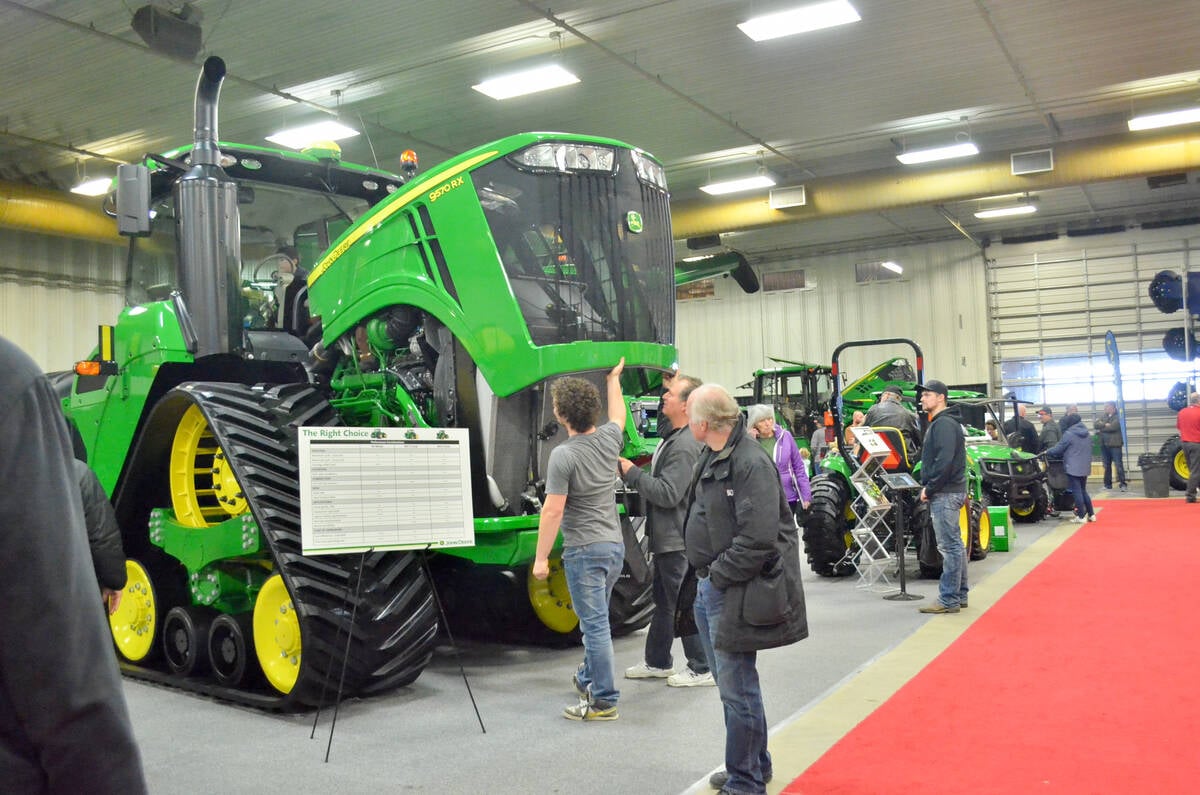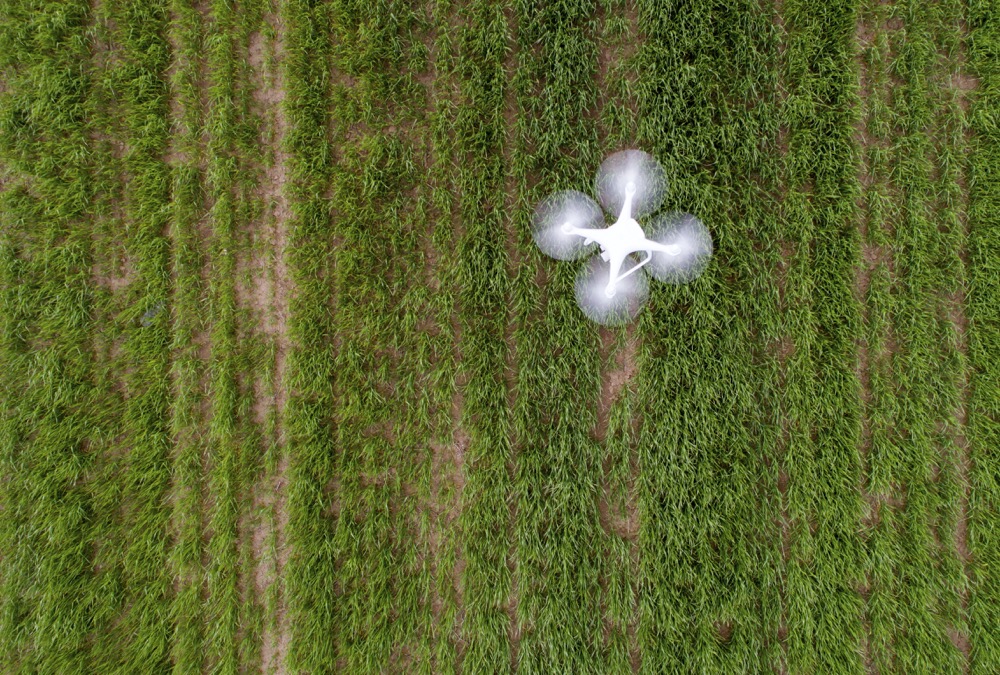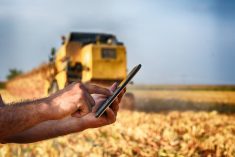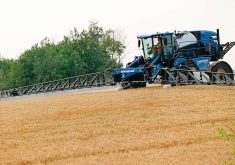A drone drops a small projectile with three wooden tails, tightly twisted into a spiral, and a seed mounted on the tip. It lands on the bare ground and sits there, exposed to the elements, until it rains. Then, the moisture penetrates the wood fibres and the tails start twisting, slowly pushing the seed into the ground.
The design of this seed carrier, recently published in Nature, was inspired by the self-burying mechanism of the genus erodium. Prairie farmers might be familiar with one weed in this family, stork’s bill.
According to the authors, these ‘e-seeds’ can be built in various sizes for different species and dropped by airplane or drone to restore degraded ecosystems.
Read Also

Manitoba Ag Days 2026 coming up fast
Canada’s largest indoor farm show, Manitoba Ag Days, returns to Brandon’s Keystone Centre Jan. 20-22, 2026. Here’s what to expect this year.
This bio-inspired marvel has rightfully received attention and praise. But, from a restoration practitioner’s view, it has logistical issues that can greatly limit its application at scale.
E-seeds are the latest of many technologies presented as restoration “game-changers.” Numerous private companies have entered the market with revolutionary devices (mostly drones), claiming to restore ecosystems by planting billions of trees. Yet, to date, there is little evidence of their efficacy.
This fascination with shiny technological gadgets might divert scarce resources from practical, on-the-ground solutions that will seriously affect our ability to restore degraded ecosystems globally.
Often, the first step for initiating the natural recovery of terrestrial ecosystems is to establish native vegetation. Tree planting is a common approach, but it can be expensive on a large scale. Seeding is faster and cheaper, but also riskier.
The e-seed can achieve a similar result to a seeder, ideally making broadcasting as effective as precision seeding. Unfortunately, this approach presents two problems: scalability and logistics.
First, it’s unlikely that the e-seed manufacturing process can be scaled to the many billions of seeds across thousands of species we need to restore entire ecosystems.
Second, the tails of the e-seeds could easily get tangled with each other, either clogging the delivery mechanism or being released in clumps. The authors solved this problem by dividing the seeding box into compartments containing a single e-seed, which greatly reduced the number of seeds that could be delivered on each drone flight.
We should welcome any attempt to improve the success of ecological restoration and promote novel technologies. But new technologies must prove their worth and practicality.
– This article first appeared in The Conversation, by Reuters.















